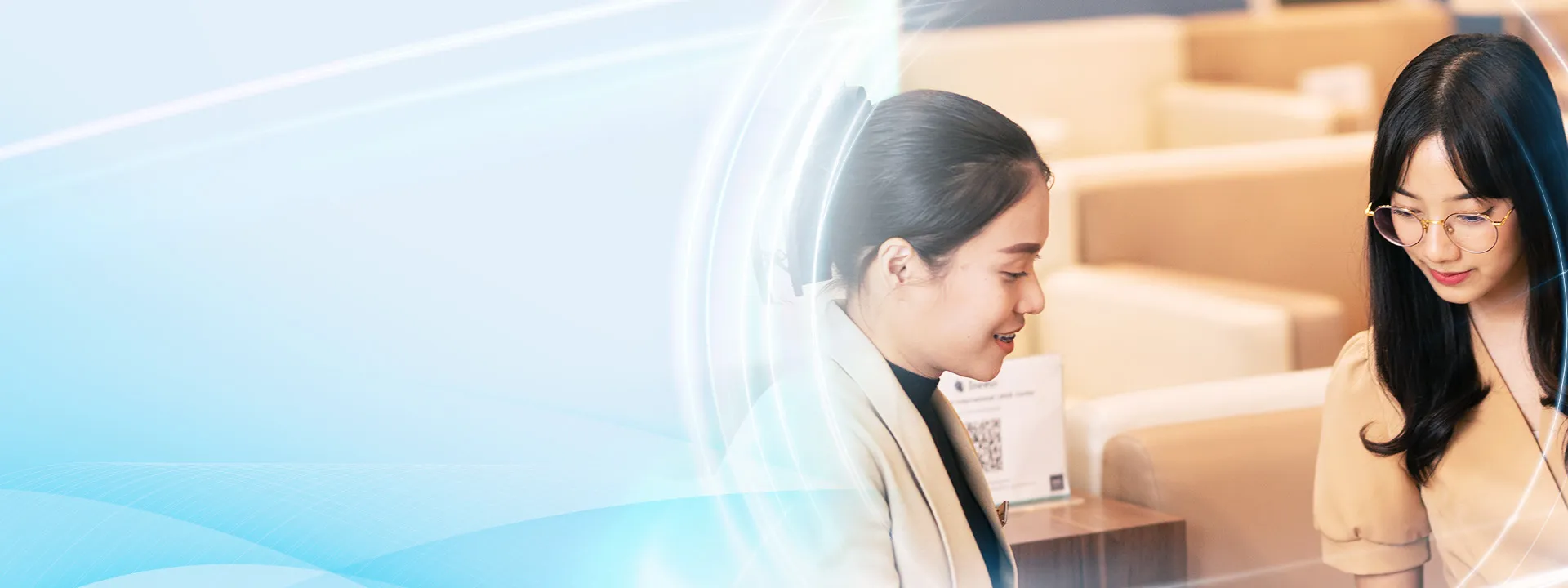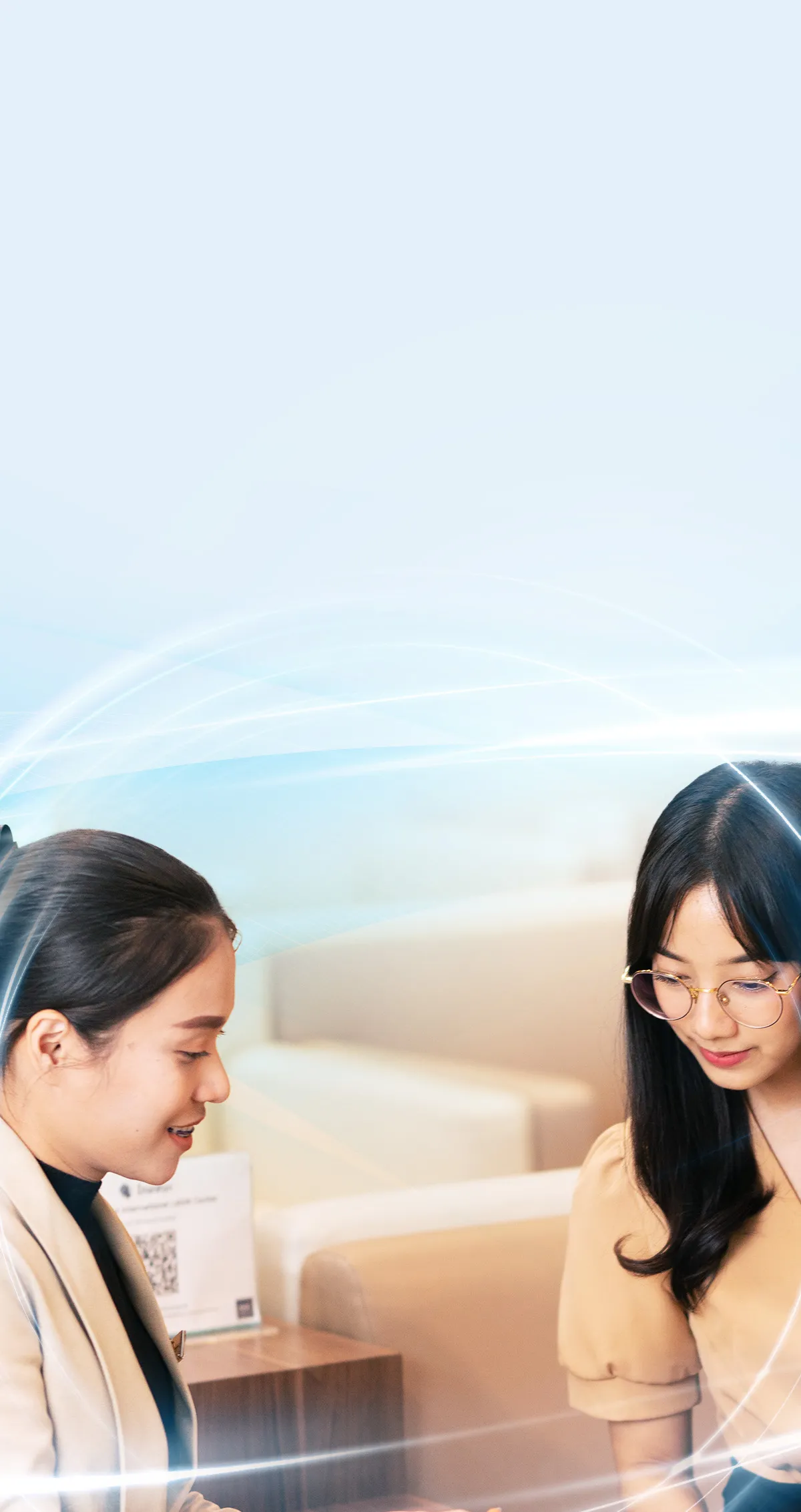Laser Vision
How to Care for Your Eyes After LASIK Surgery
How to Care for Your Eyes After LASIK Surgery
After undergoing LASIK surgery, proper eye care is essential to ensure a quick recovery. With the use of cutting-edge technology like NanoRelex and NanoLASIK from Switzerland, which employ low-energy lasers, post-LASIK side effects have been significantly minimized. Laser Vision, has been providing over 25 years of experience in LASIK procedures, guarantees a precise and safe process to promote clear and healthy eyes.
Dealing with Initial Post-LASIK Temporary Side Effects:
After LASIK, patients may encounter short-term side effects that vary among individuals. Common early side effects including:
Eye Irritation: Often occurring within the initial 24 hours after LASIK, this can be mitigated by getting sufficient rest and using cold compresses or prescribed eye drops.
Blurry Vision: Typically experienced during the first week, this is attributed to dry eyes resulting from the LASIK procedure. Vision gradually improves as the cornea heals.
Nighttime Glare: This may present as starbursts or halos but is usually temporary, diminishing as the cornea smooths over time. If night driving is affected, it's advisable to avoid it temporarily.
Dry Eyes: LASIK can temporarily reduce tear production, leading to dry eyes. The discomfort can be relieved with artificial tears, and it usually improves with time.
Addressing Other Concerns:
Should you encounter any of the following issues, it is crucial to seek immediate specialist assistance:
Eye Pain or Severe Irritation
Increased Swelling or Redness of the Eyes Beyond the First Day
Sudden Vision Loss or Abnormal Eye Discharge
Any Eye Injury Following LASIK Surgery
Conclusion:
Your vision is a valuable asset, and after LASIK, it demands careful care and attention. Opting for a reputable LASIK center such as Laser Vision, known for advanced technology, standardized procedures, and extensive experience, all of which is vital to ensure a full and successful recovery.
Laser Vision
Allergic Conjunctivitis: Understanding Inflammation Triggered by Allergies
Allergic Conjunctivitis: Understanding Inflammation Triggered by Allergies
Allergic conjunctivitis can be a result of allergies or, in some instances, infections. The reason allergies often target the eyes is because they have a rich network of blood vessels that react to allergens. Your eyes are in direct contact with the external environment.
When you encounter allergens like pollen, dust, pet dander, medications, or cigarette smoke, these substances dissolve in your tears and interact with the conjunctiva. This conjunctiva generates antibodies known as IgE (Immunoglobulin E). When allergens bind to these antibodies, it sets off an allergic response. This leads to itching, redness, and watery eyes. Your skin around the eyes typically remains unaffected, and your vision remains clear. It's advisable to avoid wearing contact lenses during this time, as they could raise the risk of bacterial infections.
Types of allergic conjunctivitis:
Conjunctivitis: This is the most prevalent form of allergic conjunctivitis and is often accompanied by symptoms like a runny nose. Key indicators include itchy, watery eyes, usually affecting both eyes, and the severity may fluctuate with the seasons.
Perennial Allergic Conjunctivitis: This type is a year-round allergic response and is less common. The symptoms are typically milder compared to the first type.
Atopic Keratoconjunctivitis: This form is often linked with skin issues such as eczema around the eyes and face. Symptoms encompass redness, itching, and excessive tearing. The hallmark sign is intense eye itching. In the case of an infection, you might experience pain and a mucous or pus-like discharge. Inflammatory changes may affect the conjunctiva and cornea.
Preventing allergic conjunctivitis:
To ward off allergic conjunctivitis, it's vital to minimize your exposure to allergens. This includes avoiding places with blooming flowers, dusty environments, cigarette smoke, and pets.
Self-care for allergic conjunctivitis:
If you're experiencing eye irritation and suspect allergies, take immediate steps to avoid allergens. You can use artificial tears to reduce swelling and flush out allergens. Applying a cold compress can help diminish swelling. Over-the-counter antihistamines can offer relief. If self-care doesn't alleviate your symptoms, it's wise to seek advice from a healthcare professional who may prescribe allergy eye drops.
Avoiding allergens:
In certain cases, rinsing your eyes with a saline solution might be necessary. Cold compresses can help reduce swelling. You may be prescribed eye drops to constrict blood vessels and reduce inflammation. In severe cases, steroid eye drops are employed.
Laser Vision
"Sunglasses: How to Choose a Quality Eyewear for Eye Health"
"Sunglasses: How to Choose a Quality Eyewear for Eye Health"
The quality of sunglasses varies, and opting for cheaper options may harm your eye health. This is because the materials used for making sunglasses don't always meet standards, leading to low-quality lenses. Some sunglasses have plastic lenses with low-quality films, while others are made from regular glass, which can distort your vision over time.
For individuals who frequently face bright sunlight, like when driving during midday, playing sports, or working outdoors, it's essential to select polarized sunglasses. These sunglasses are made with polarized plastic lenses that reduce reflected light, preventing eye strain and cutting glare effectively. Additionally, they reduce glare from roads and help prevent eye fatigue during prolonged sun exposure.
Sunglasses today also come in various tint options suitable for different environments. For instance, when at the beach or in the mountains, sunglasses with a green-gray lens can provide clear and sharp vision even on hazy days. These lenses work like fog lights on a car, enhancing visibility in hazy conditions, and helping you see your surroundings clearly.
Choosing the best sunglasses requires considering several factors:
Lens Material: Look for lenses with a melanin component, as they absorb dangerous light and ensure comfortable vision. Quality sunglasses should absorb 100% of UV-B and UV-A rays without distortion.
Lens Color: The most popular lens tint is green-gray since it effectively filters light and causes minimal eye strain. This lens type is suitable for intense sunlight exposure. Brown-yellow lenses may slightly distort colors, but they are perfect for late afternoon or hazy days.
Frame Shape and Fit: Opt for sunglasses that suit the shape of your face, ensuring a comfortable fit. They should neither be too tight nor too loose, preventing discomfort and slipping.
How long should you keep your sunglasses?
Consider replacing your sunglasses every 2 years.
For individuals with prominent cheekbones, avoid oversized sunglasses that cover your cheekbones.
If you're unsure about which sunglasses to choose, opt for aviator-style glasses, as they suit almost all face shapes.
The most suitable sunglass shape is one that contrasts with your face shape.
Sunglasses with brown lenses are suitable for individuals with nearsightedness, while green lenses are preferable for those with farsightedness.
Opt for quality over aesthetics when selecting sunglasses, ensuring they offer adequate protection for your eyes.
By considering these factors, you can choose sunglasses that not only enhance your style but also provide the best protection for your eyes.
Cataract Center
Retina Center
Laser Vision
Glaucoma Center
Cornea Center
Children's Eye Center
Safe Songkran Celebration - Protecting Your Eyes from Infections
Safe Songkran Celebration - Protecting Your Eyes from Infections
Eyes are vulnerable to various infections, particularly when exposed to impure water during the Songkran festival. Water used for the festivities may contain harmful bacteria, viruses, or even fungi. Before joining the water splashing fun, it's crucial to examine the water you'll be using for any contamination like dust, debris, sand, or impurities.
Eye Conditions Arising from Unclean Water and Contaminants
Conjunctivitis (Pink Eye): Symptoms include redness, itching, eye discharge, excessive tearing, and inflammation of the white part of the eye. It can be caused by allergies or infections, including bacteria or viruses transmitted through contaminated water.
Corneal Abrasions and Ulcers: The cornea, the clear front surface of the eye, can be scratched due to foreign objects or improper use of contact lenses. Severe cases can lead to corneal ulcers when infections occur.
Stye: Styes are inflamed oil glands on the eyelid. When these glands get blocked, they can become painful and red.
Red Eye: This condition includes symptoms like a red and swollen white of the eye, excessive eye discharge, itching, eye pain, sensitivity to light, and blurred vision. If you get water or foreign objects in your eye, rinse with clean water. Afterward, observe if the symptoms improve; if not, consult a doctor within 1-2 days.
Precautions for Songkran Celebration
Before participating in the water festivities, ensure that the water is sufficiently clean and free from impurities.
If something foreign enters your eye, do not rub it as this may dislodge your cornea. Rinse your eye with clean water and seek medical attention if necessary.
If contaminated water causes eye irritation, such as redness, itching, or tearing, rinse your eyes with flowing clean water.
For contact lens wearers, it's not recommended to wear lenses while participating in water activities to prevent infections.
After the Songkran celebration, check for any signs of eye discomfort or redness. If you experience eye irritation that doesn't improve, consult an eye doctor.
In Summary
While celebrating Songkran, take steps to protect your eyes from infections caused by impure water and contaminants. By following these precautions, you can enjoy a safe and joyful Songkran festival without compromising your eye health.
Laser Vision
How to Take Care of Your Eyes When Sitting in Front of a Computer for Extended Periods
How to Take Care of Your Eyes When Sitting in Front of a Computer for Extended Periods
For those who use a computer regularly, taking basic care of your eyes is essential. Here's what you need to do:
Proper Posture: Ensure that you sit correctly for computer use. Position your chair and monitor so that your eyes are slightly above the screen, which will prevent you from tilting your head to look at the computer.
Monitor Placement: Avoid placing your computer monitor with bright light coming from behind it. Excess backlighting can make you strain to see the screen. If your computer is near a window, consider using curtains to adjust the lighting when working.
Blink Regularly: Every 10-15 minutes, take a moment to blink your eyes while looking at the screen. This can help reduce eye dryness, irritation, and fatigue. If you experience excessive dryness, you can use artificial tears to soothe your eyes.
Take Short Breaks: After 40-60 minutes of computer use, take short breaks to relax your eyes. Gaze into the distance to relieve eye strain. Focusing on a distant green object, like trees or grass, can be helpful.
Eye Exam: If you notice that you're squinting, straining, or frequently experiencing eye discomfort, it could be a sign of vision problems such as nearsightedness, farsightedness, or astigmatism. In such cases, consult an eye doctor for a comprehensive eye examination to identify the cause of the issue.
Taking these steps will help protect your eye health when using a computer for extended periods. Remember that caring for your eyes is vital for overall well-being.
Laser Vision
Boost Your Eye Health with Lutein and Zeaxanthin
Boost Your Eye Health with Lutein and Zeaxanthin
When it comes to keeping your eyes in top shape, it's not just about vitamin A. Dive into the world of Lutein and Zeaxanthin, the eye-boosting heroes found in colorful fruits and veggies. In this guide, we'll break down their role in shielding your eyes from UV rays, slowing down cataracts, and reducing the risk of age-related macular degeneration (AMD). Let's make eye health easy to understand.
Lutein and Zeaxanthin: Your Eye's Bodyguards
Meet Lutein and Zeaxanthin, your natural eye bodyguards. These antioxidants are your eyes' first line of defense. Learn how they work to protect your eyes by blocking harmful UV rays and preserving your precious optic nerve cells. And guess what? You can find these superheroes in delicious foods like kale and spinach!
Keeping Cataracts at Bay
Concerned about cataracts? Don't worry; Lutein and Zeaxanthin have your back. Find out how these nutrients can slow down cataract development. We'll explain how they combat free radicals, those sneaky culprits behind cataracts. You'll be equipped to safeguard your vision naturally.
A Clear Path to Preventing AMD
Age-Related Macular Degeneration can be a real vision spoiler. But guess what? Maintaining healthy levels of Lutein and Zeaxanthin can significantly reduce your AMD risk. We'll uncover the connection between these nutrients and AMD prevention. It's easier than you think.
Conclusion:
It's time to give your eye health a boost with Lutein and Zeaxanthin. By adding these nutrients to your diet, you're not just protecting your eyes from UV harm; you're also slowing cataract formation and decreasing your risk of age-related macular degeneration. This user-friendly guide simplifies eye health, so you can keep your vision crystal clear naturally.
Location
Laser Vision International LASIK Center
49/5 Laser Vision Building Ratchadaphiseak 48 Alley Ratchadaphiseak Rd. Ladyao Subdistrict Chatujak District Bangkok 10900 Thailand



